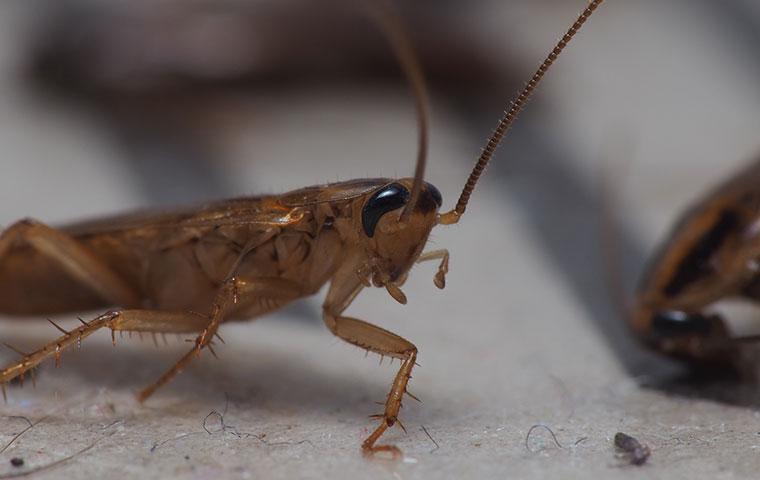Running faster than any other creature on earth, with an immune system that can shake off poisons and bacteria and bodies that can regrow limbs-cockroaches are nature's ultimate survivors, holding reign over the garbage heaps of the earth for millions of years.
With over 4500 species worldwide, cockroaches can be found in every state and in thousands of homes. The warm climate we come to enjoy in Texas offers a perfect environment for these disgusting little creatures to survive and multiply.
Let's take a look at what types of cockroaches are common in our area, what dangers to be watchful of living in a home infested with cockroaches, and what tactics Houston pest control professionals advise to get rid of cockroaches in your home.
Common Species Of Cockroaches Found In Houston
Cockroaches are the most common pest to infest our homes, with over 14 million homes reporting infestation last year and Houston recording the second-highest number of infested homes in the United States.
While the majority of cockroach species are found in tropical areas and want nothing to do with humans or their homes, in our area, what they lose in variety, they make up in sheer numbers. In our part of Texas, you're likely to run into the following species of cockroaches:
- American cockroach
- Oriental cockroach
- Smokey-brown cockroach
- German cockroach
- Brown-banded cockroach
The German cockroach is one of the most commonly seen cockroaches in our area, thanks to its incomparable ability to grow its numbers in what seems to be a blink of an eye.
Why German Cockroaches Are Considered Dangerous
German cockroach, regardless of being one of the smallest common species in the United States, is likely to be the most harmful. With their small size and seemingly magical ability to infiltrate our homes through barely visible cracks, German cockroaches are the disgusting brown bugs you're likely to encounter in your pantry or dark, moist areas in your kitchen.
Once inside your home, they'll contaminate your food with the pathogens and bacteria they carry on their bodies and every surface in your home. The German cockroach is known as a carrier of a number of infectious diseases, among them:
- Salmonellosis
- Typhoid fever
- Cholera
- Gastroenteritis
- Dysentery
- E. coli infection
And if exposing you to cholera is not enough, it has recently been discovered that exposure to cockroach droppings and urine is one of the leading causes of asthma attacks and allergic reactions.
Why Do-It-Yourself German Cockroach Control Fails
Getting rid of a cockroach infestation is not an easy task for experienced professionals and is a huge mountain to climb for a DIY'er. German cockroaches breed extremely quickly (with each female capable of laying up to 40 eggs per eggs sack), adapt to weather extremes on the fly, sport an exoskeleton that protects them from pressure a dozen times their body weight and allows them to squeeze through cracks barely thicker than a credit card.
Add to that a near immunity from most known pesticides, impressive night vision, running speeds of over 12 ft per second, and the ability to regrow lost limbs and survive being decapitated, and it's clear to see why dealing with a cockroach infestation is one home-keeping task that's best left to cockroach control professionals.
The Pros To Call For Total German Cockroach Elimination
At All-Safe Pest & Termite, we've been helping Houston residents keep their homes free of German cockroaches and other pests for over 35 years. We specialize in low-toxicity solutions to your pest problems and guarantee all our work. If your Houston home is infested with German cockroaches-give us a call for a free estimate today!



